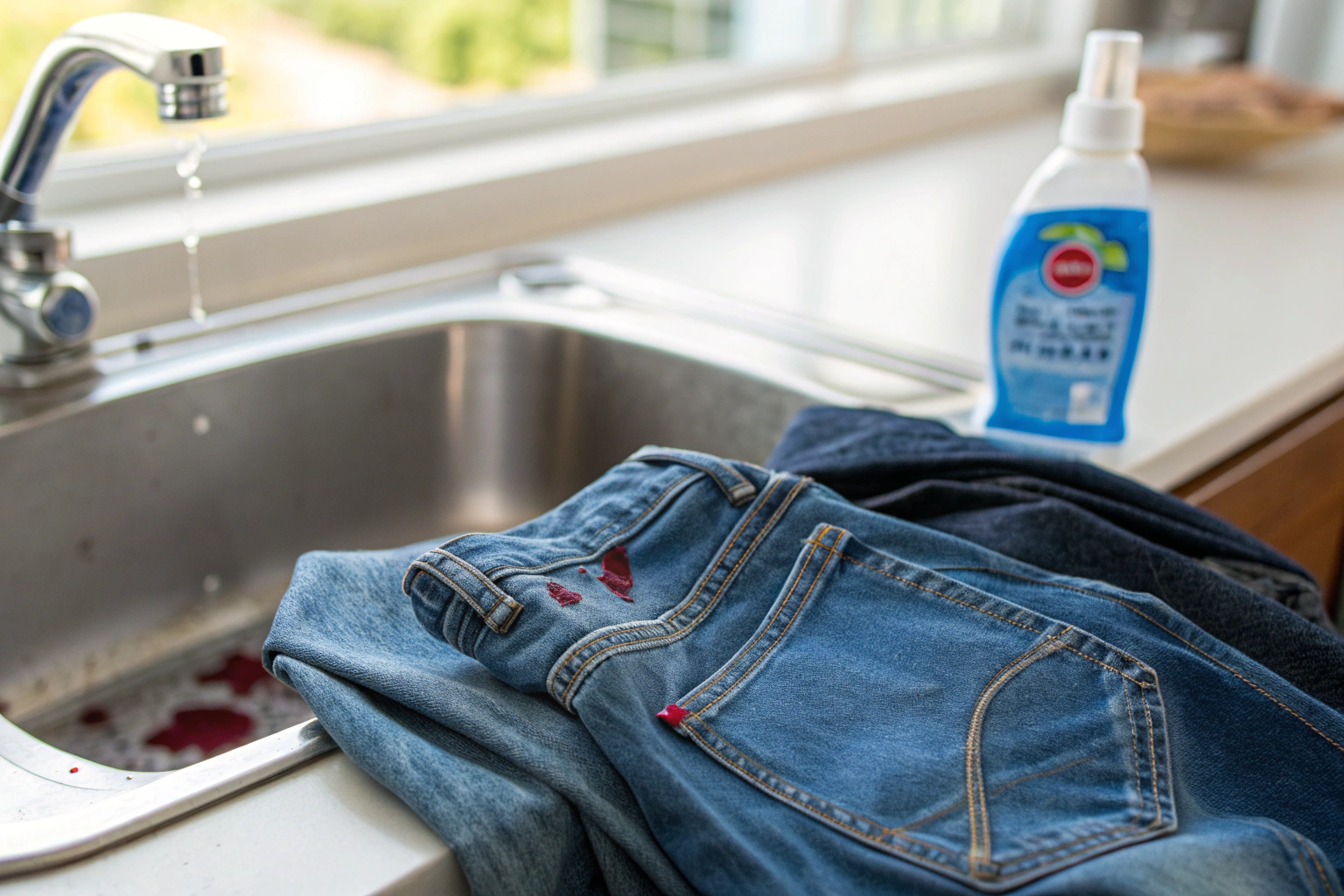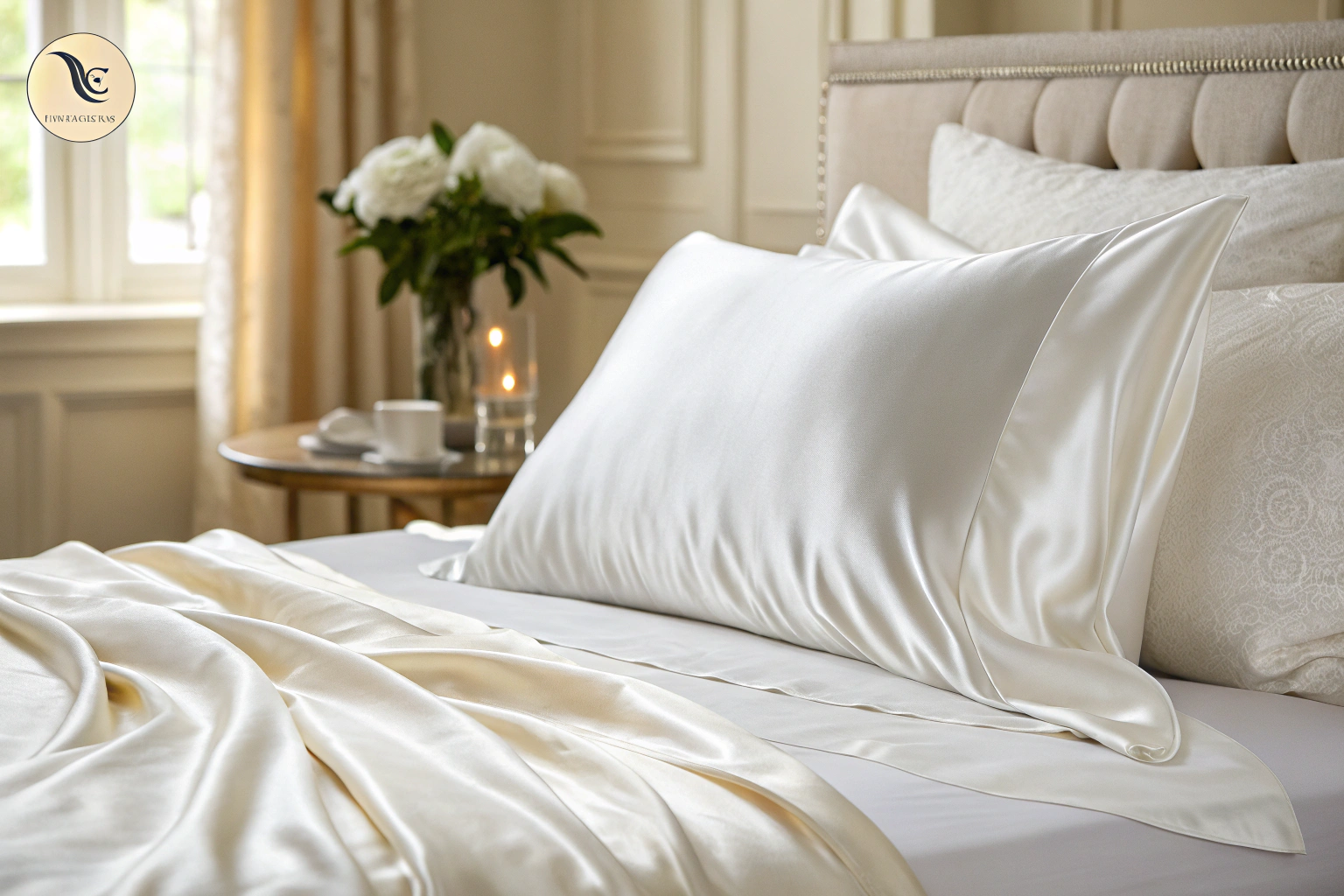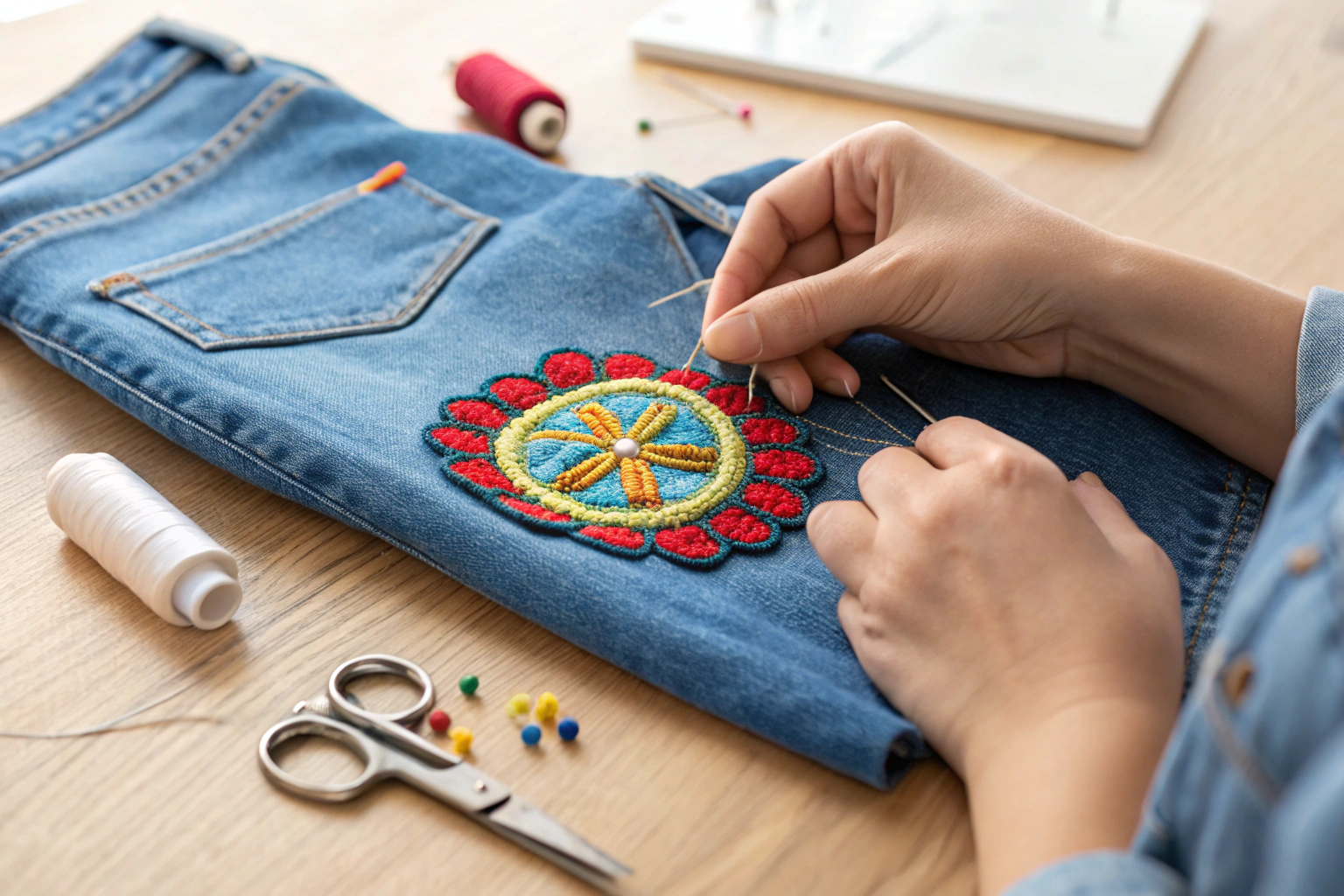What Do You Think of When You Think of Sweet Corn?
Corn on the cob is a huge part of our summer menus. It’s so easy to cook and makes any meal a summer feast! If you are serving hamburgers or hot dogs… “yawn” add corn on the cob? You’ve got a summer celebration!
Selecting Perfect Ears of Corn
Look for bright green husks that feel damp and cling tightly. Silk should be golden, not dark or dried. Gently peel back husk to check for plump, milky kernels in tight rows. Avoid yellowing husks, dry silk, or dented kernels. Store in refrigerator with husks on and cook within 24-48 hours.
Essential Preparation Steps
For boiling, steaming, or microwaving, remove husks completely and rub with damp paper towel to remove silk. For grilling or roasting, you can keep husks on for protection or remove for direct charring. When keeping husks, pull back, remove silk, then fold back over corn.
Boiling: The Classic Method
Fill large pot with water (no salt – it toughens kernels). Bring to rolling boil, add corn, cook 3-5 minutes. Fresh corn needs minimal time. Remove when kernels are bright and easily pierced. Don’t overcook or corn becomes tough.
Timing:
- Super sweet varieties: 3-4 minutes
- Standard sweet corn: 4-5 minutes
- Older corn: 5-7 minutes
Butter Bath Method: Extra Flavorful Corn
Combine 6 cups water, 1 cup milk, and 1 stick butter in large pot. Bring to gentle boil, add corn, cook 4-6 minutes. This infuses dairy directly into kernels, creating incredibly rich flavor. Perfect for entertaining since corn emerges pre-buttered.
Grilling: Enhancing Flavor with Fire
Husk-On: Soak corn 30 minutes, grill over medium heat 12-15 minutes, turning every 3-4 minutes. Creates steam for even cooking.
Husk-Off: Brush with oil, place directly on grates. Cook 8-10 minutes, turning frequently. Creates char marks and concentrated flavor.
Microwave Method: Quick and Convenient
Wrap each ear in damp paper towels. Microwave on high 2-3 minutes per ear. Start with less time – microwaved corn dries out quickly if overcooked. Perfect for small quantities.
Steaming: Preserving Nutrients
Place steamer basket in pot with 1-2 inches water. Steam 5-7 minutes after water boils. Preserves nutrients while maintaining natural flavor without waterlogging.
Slow-Cooker: Hands-Off for Crowds
Place corn in slow cooker with 2-3 tablespoons butter. Cook on low 2-3 hours without water. Natural moisture creates steam. Keeps warm for extended serving. Standard cooker holds 6-8 ears.
Oven-Roasting: Rich Flavor
Foil-Wrapped: Brush with butter, wrap in foil, roast at 400°F for 30-35 minutes.
Open Roasting: Place on baking sheet, roast at 425°F for 20-25 minutes, turning once. Creates more caramelization.
Air-Fryer: Quick Roasting
Brush with oil, cook at 400°F for 10-12 minutes, flipping halfway. Creates crispy exterior without heating kitchen. Cut ears in half if needed to fit basket.
Perfect Seasonings
Beyond butter and salt, try international flavors:
Creative Combinations:
- Mexican: Lime juice, chili powder, cotija cheese
- Italian: Olive oil, parmesan, fresh basil
- Asian: Sesame oil, soy sauce, toasted sesame seeds
- Herb Butter: Softened butter + garlic + parsley + chives + lemon zest
Storing and Reheating
Storage: Refrigerate cooked corn 3-5 days wrapped in plastic. Freeze up to 6 months in freezer bags.
Reheating: Microwave 1-2 minutes, oven 10-15 minutes at 350°F, or air fryer 3-5 minutes.
Freezing Fresh Corn: Blanch first, cool completely, cut kernels from cob, freeze on baking sheet, then transfer to bags.
Method Comparison
| Method | Time | Best For | Flavor Profile |
|---|---|---|---|
| Boiling | 3-5 min | Beginners, speed | Clean, sweet |
| Butter Bath | 4-6 min | Entertaining | Rich, buttery |
| Grilling | 8-15 min | Outdoor cooking | Smoky, charred |
| Steaming | 5-7 min | Health-conscious | Pure, natural |
| Oven | 20-35 min | Multiple ears | Concentrated |
| Air Fryer | 10-12 min | Quick roasting | Crispy exterior |
FAQ
What’s the best way to cook fresh corn?
Boiling is most reliable for beginners (3-5 minutes), but “best” depends on your preferences and situation.
How can you tell when corn is perfectly cooked?
Kernels should be bright, easily pierced with fork, tender but slightly crisp – not mushy.
Should you add salt to boiling water?
No, salt can toughen corn kernels. Use plain water.
Husk on or off?
Remove for boiling/steaming/microwaving. Keep on for grilling/roasting for protection.
Can you overcook corn?
Yes, it becomes tough and loses sweetness. Use proper timing and test for doneness.
Conclusion
Each cooking method offers unique advantages: boiling for speed and reliability, grilling for smoky flavor, steaming for nutrition, and slow cooking for crowds. Experiment to find your preference. Fresh, properly cooked corn represents summer’s finest flavors and creates memorable dining experiences. Master these techniques for consistently perfect results every time.




